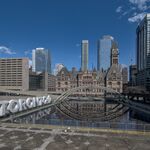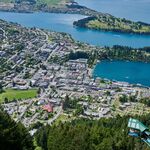mistersg1
Active Member
You better believe it!20 billion dollar streetcar! Another 20 billion dollars to give it high floor platforms and grade separate the eastern section!
Just a question, does anyone know how long the underground stations are, I mean do they allow for the LRVs to be coupled with 2 or 3 units. If they do grade separate the eastern section, this would have to be the most expensive “light metro” built in history.




